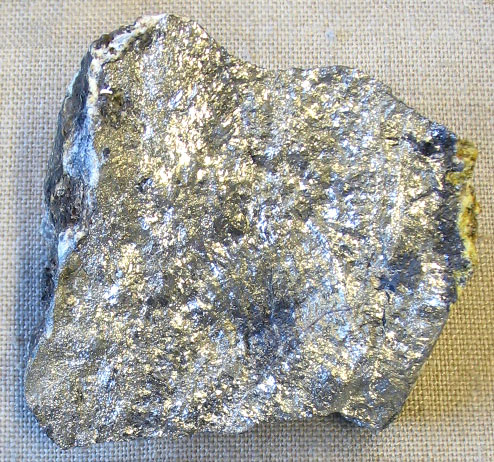What metalloids are in the periodic table?
1 Answer
The eight elements classified as metalloids are boron, silicon, germanium, arsenic, antimony, tellurium, astatine, and polonium.
Metalloids occur along the diagonal stair-step between metals and non-metals. The stair-step line includes the elements from boron to astatine.
The elements to the upper right of this line display increasing non-metallic behaviour. The elements to the lower left of the line display increasing metallic behaviour.
 www.iq.poquoson.org
www.iq.poquoson.org
Metalloids have some characteristics of metals and some of non-metals.
Most metalloids are brittle, are semi-conductors, and have a metallic lustre. Some also contract on melting, unlike many other types of metals.
Boron is used in pyrotechnic flares to provide a distinctive green colour, and in rockets as an igniter.
 www.daviddarling.info
www.daviddarling.info
Silicon is one of the most useful elements. It is used in solid-state devices in the computer and microelectronics industries.
![]() upload.wikimedia.org
upload.wikimedia.org
Germanium is an important semiconductor that is used in thousands of electronic applications.
 www.webelements.com
www.webelements.com
Arsenic is used in bronzing, pyrotechnics, and for hardening shot.
 www.galleries.com
www.galleries.com
Antimony is used in alloys of copper and lead and in various types of semiconductor devices.
 upload.wikimedia.org
upload.wikimedia.org
Tellurium improves the machinability of copper and stainless steel.
www.periodictable.com
Polonium is used as a source of α-particles for scientific research.

